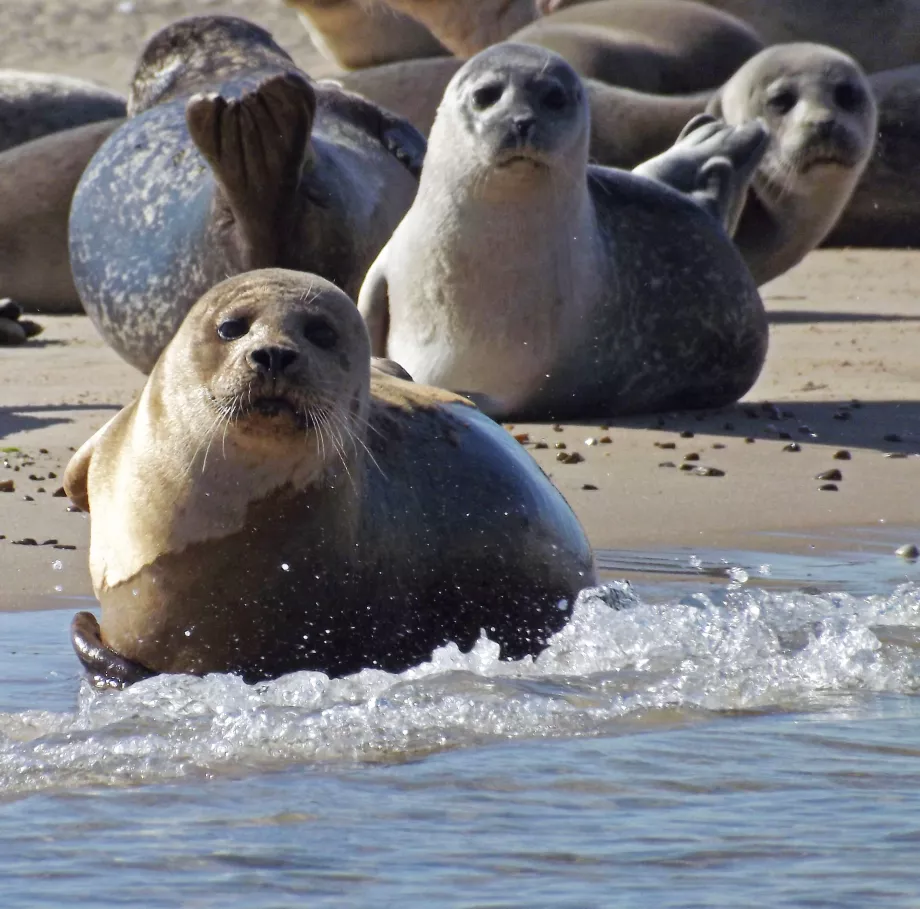We are thrilled to see the response we have received from our members and other Kent residents.Bryony Chapman, Marine Policy Officer for Kent Wildlife Trust
The proposed MCZs would provide vital protection for nationally important habitats and species. Among the proposed sites is the famous Goodwin Sands, where seals haul out on the shallow sandbanks and forage for the fish that live off the abundance of tiny creatures in and on the seabed. A site around Swanscombe in the Thames Estuary would protect the extremely rare tentacled lagoon worm and the rich muddy banks of the Thames. Three proposed offshore sites – Foreland, Kentish Knock and Inner Bank – feature a diversity of sediment and rock habitats.
The consultation also proposes to protect additional features in existing MCZs, including the beautiful stalked jellyfish in the Thanet Coast MCZ, and delicate reefs in the Dover to Deal MCZ, constructed by tiny rossworms that provide habitat structure for a host of other animals.

Common seals (c) Julie Ackroyd
Together with the six MCZs that were previously designated around Kent, these new sites, if designated, will form critical components of the national network of marine protected areas that is so desperately needed to return our seas to health.
While enthusiastically welcoming this third batch of designations, our response raises a number of concerns about some serious omissions from the consultation. For example, the globally rare habitat of subtidal chalk remains unprotected between Dover and Folkestone; the incredibly rich diversity of animals living in the mud of Hythe Bay has declined in recent years, and yet has not been included in the proposals for protection.
The small site around Swanscombe is all that remains of the previously much larger site along the Thames, recommended to protect a wider range of habitats and species.
Bryony Chapman, Marine Policy Officer for Kent Wildlife Trust, said: “We are thrilled to see the response we have received from our members and other Kent residents. We now face a long wait until the results of the consultation are announced, and we hope that the strong voice in favour of better protection of our seas will have been heard loud and clear in Westminster.”
Protect Our Seas
Our seas are home to an astonishing array of wildlife which is sadly under threat from a range of pressures like overfishing, pollution and offshore developments.
